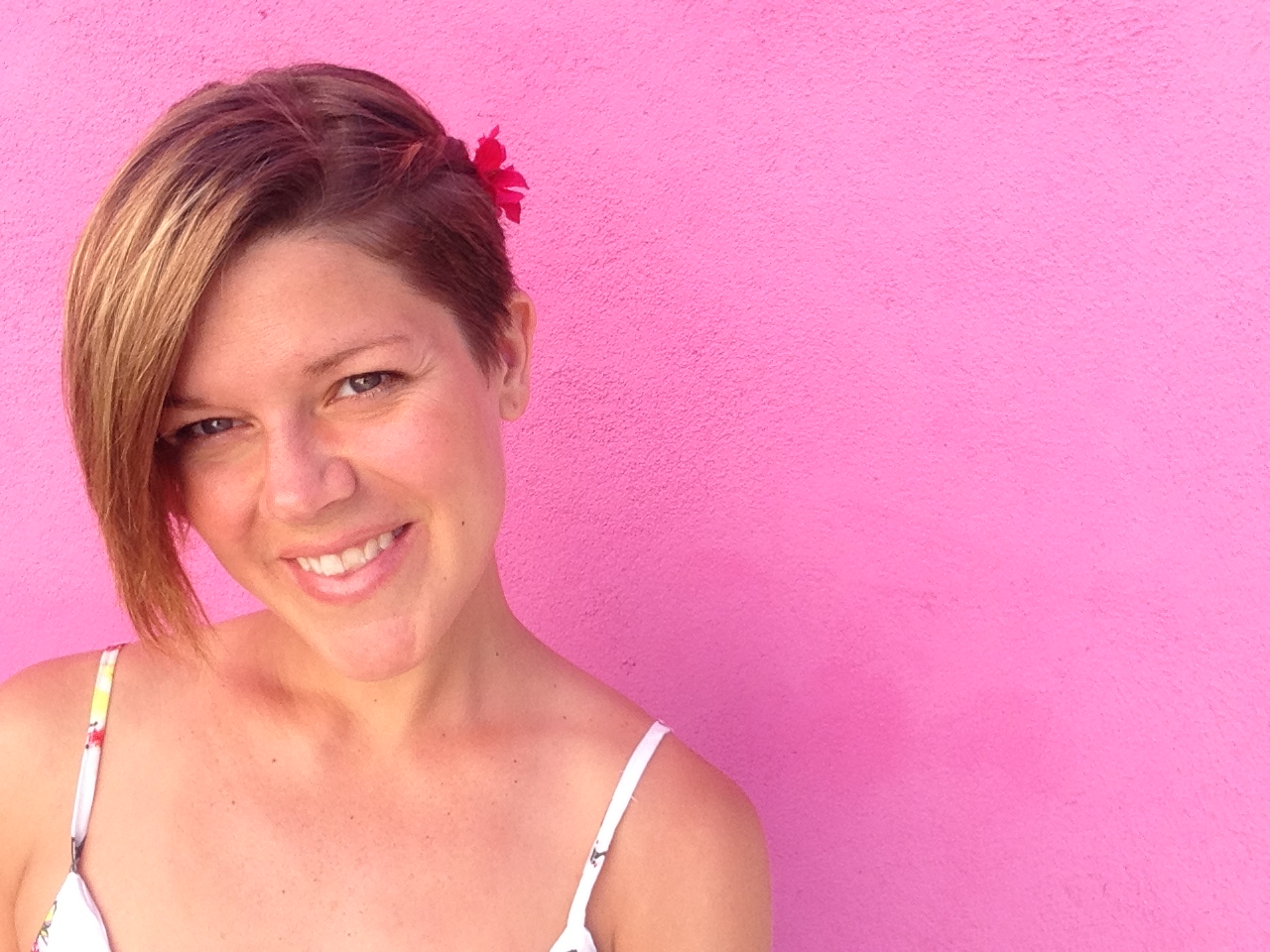I’m delighted to bring you a guest blog by Kelsey Paul, an expert in mindfulness who I admire very much. I’ve seen first-hand how she teaches mindfulness in an incredibly practical, simple and accessible way. Here, she shares her personal experience and expertise in empowering kids to be emotionally resilient. Her words are universally applicable and a lesson for us all, young and old alike.
Self-love. Confidence. Empathy. Generosity. Gratitude. Empowering thoughts. Affirmations. These words were definitely not part of my vocabulary (nor experience) while I was growing up.
And I bet that most kids, even if they know what these words mean (or have heard of them), haven’t been taught how to practice and use these important tools in everyday life.
Research says that today, kids are receiving over 20 times more stimuli per minute than just ten years ago. As an elementary teacher, I can attest to this – a lot of kids are arriving at school feeling overstimulated and swamped by an overload of experiences, sensations, noises and activities. And this makes it hard to cope or learn just about anything.
Between homework, extracurricular activities, school schedules, social media, friends, tablets and screens – kids are overbooked, overstimulated and overwhelmed. And their social-emotional health shows it. Research says that kids’ ability to socialize, empathize and pay attention have decreased immensely in the last decade, while anxiety levels, depression and other attention disorders are soaring.
And that’s where mindfulness comes in.
After years of practicing and training in mindfulness techniques on my own, I didn’t actually begin to teach it to my students until my 6th year of teaching in the classroom – when I was feeling overwhelmed, stressed and bogged down by the system’s requirements and my students’ intense needs.
So what is mindfulness exactly and why has it become necessary to teach it to our kids and future generations?
Mindfulness is simply bringing (non-judgemental) awareness to whatever is happening in the present moment.
It includes a variety of simple awareness exercises, visualization, sensory experiences and reflection or what are called meta-cognitive practices (that’s where kids are guided to think about their own thought processes and feelings and how they might influence their actions, words, or relationships).
But teaching kids these very important life skills sounds a lot more complicated and difficult than it actually is.
Mindfulness, at its core, is just noticing how you are feeling and what you are thinking as it is happening – and guiding your kids to do the same.
For example, I often tell people who have never experienced mindfulness to start by choosing an activity they do almost every day (like washing the dishes) and practice bringing a new type of mindful attention to it. Each time that week, as you wash the dishes, practice noticing how the water and soap feel on your hands and what the dishes look like – bringing your mind back to the experience each time it wanders away from the dishes.
Or teach your child to bring awareness to their emotions by using an emotional roll-call each day on the way to school or before dinner. Assign emotions to a number together and ask your child what number they are and why (and then share your own number).
Make your own thoughts and experience come alive for your kids by talking to them about negative thoughts you have had in the past and how you changed them into an affirmation – or power statement – that you can remind yourself of when you are feeling down. For example, each time your thoughts take you away from yourself, have a little phrase ready that brings you back to you, like: “I am strong. I have everything I need inside of myself. I am here fully, now.”
When your kids see you changing your thoughts, talking about “bad” feelings or just fully showing up to an experience, they learn to do the same, without you having to “tell them to do it”.
And when children notice how they are feeling in the moment, they are often more able to express their feelings and respond to them without a reaction.
When children practice sitting silently and feeling their own bodies and the sounds around them without having to move and respond, they are developing the skill to stay calm, steady and focused – no matter what is happening around them.
And even if kids don’t recognise it themselves, their little brains and bodies are screaming for the space, silence and time mindfulness practices give them – so they can digest everything that is happening inside of them and around them.
After establishing a routine practice in my classroom, mindfulness even began to sneak its way into almost all of our daily activities – like walking down the hall or eating our snacks. That’s when I realised how simple and transformative mindfulness exercises can be.
By the end of the year, kids were routinely asking me what I was thinking about while I was reading them a story, or how it felt to be “me”.
Students who had attention deficit diagnoses could focus for more than an hour at a time. Other students with trauma developed skills to express their emotions and fears in more plausible ways.
And this is just the beginning! Since that first school year of teaching mindfulness in my classroom, I have taught hundreds of kids mindfulness techniques in classrooms around the world and in my own interactive, virtual classroom online – all with tremendous results.
The best part of it all is you don’t need special training, books or courses to start practicing now. All you need is the space and mindset to practice just being in the present moment – and bring your awareness to what is happening right now.
“The most precious gift we can give ourselves and others is our presence.”
To get started using some of Kelsey’s mindfulness techniques, click here for a handy printout that will help you and/or your kids to create positive affirmations.

Kelsey Paul is a former international primary teacher who now empowers teachers, families, kids and entire schools to bring more peace, empathy and loving-kindness into their homes and classrooms. She uses interactive online mindfulness courses, workshops and one-on-one coaching. She is currently co-writing an interactive, social-emotional learning curriculum and book so that teachers and parents can integrate these practices into their homes and classrooms. You can learn more about her work on her website thewholenhappy.com or on her course page www.facebook.com/thewholenhappy, and follow her writing adventure here: www.patreon.com/kelseybeth.




0 Comments